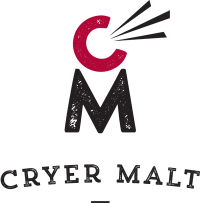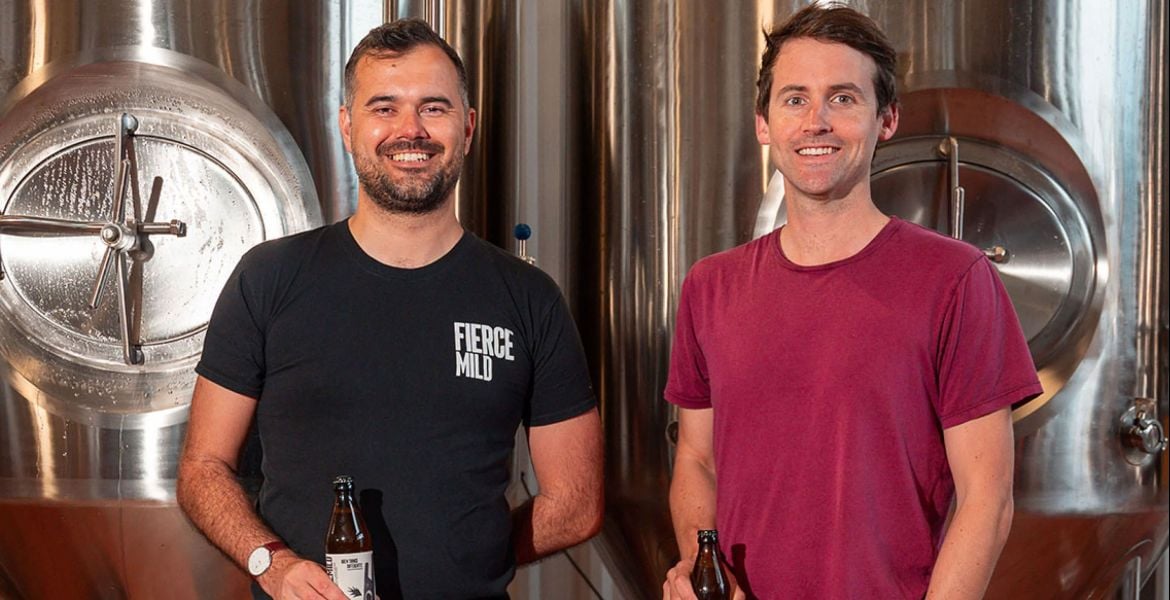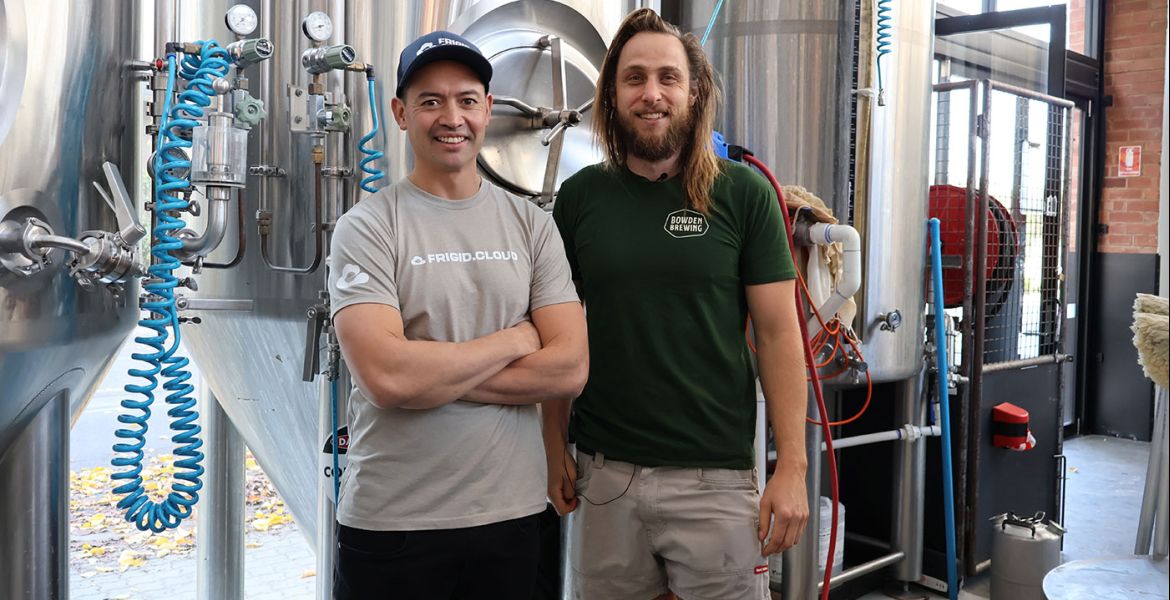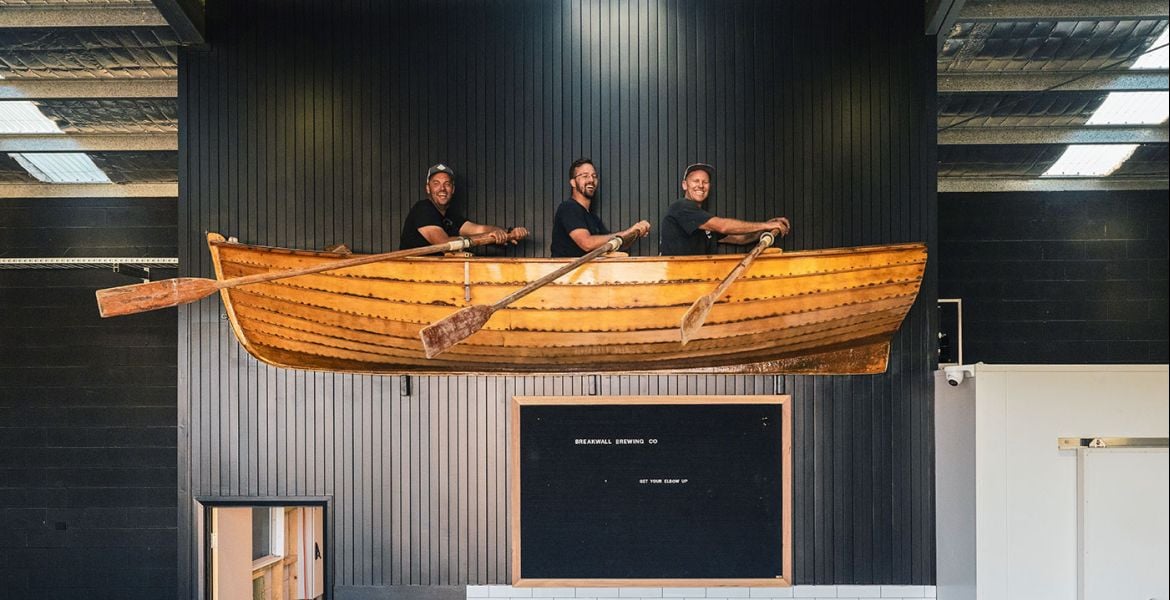Dry July is upon us, which this year will see almost 30,000 Australians quit alcohol for a month. The participation rate, which has grown steadily since the campaign launched more than a decade ago, speaks to what is becoming a much larger trend: an overall decline in the consumption of alcohol.
Across the board, for all age groups and genders, Australians are drinking less, and increasingly more are drinking nothing at all.
In tandem with that decline, alternative craft beverages like kombucha and organic soft drinks are gaining in popularity. But there’s an under-explored category beginning to garner some local attention too: alcohol-free beers.
Also called non-alcoholic beers (the terms are legally interchangeable in Australia), these contain less than 0.5 percent alcohol and, often, fewer kilojoules than regular beer. But, by imitating regular beer in flavour and appearance, they retain the positive social aspects of beer while avoiding many of the negative effects of alcohol consumption. Research has even suggested drinking alcohol-free beer elicits a similar response in reward-related areas of the brain as an alcoholic beer.
Until recently, the selection of alcohol-free beers in Australia was mainly limited to international imports. The exception was Coopers, who entered the market with Birell Ultra Light in the late 1970s. CUB released Carlton Zero in 2018, followed a year later by Lion’s offering, the imported Heineken 0.0.
And now craft breweries are beginning to produce beers for the category, led by the likes of Sobah Non-Alcoholic Beverages, who we interviewed last year, and UpFlow Brewing Collective.
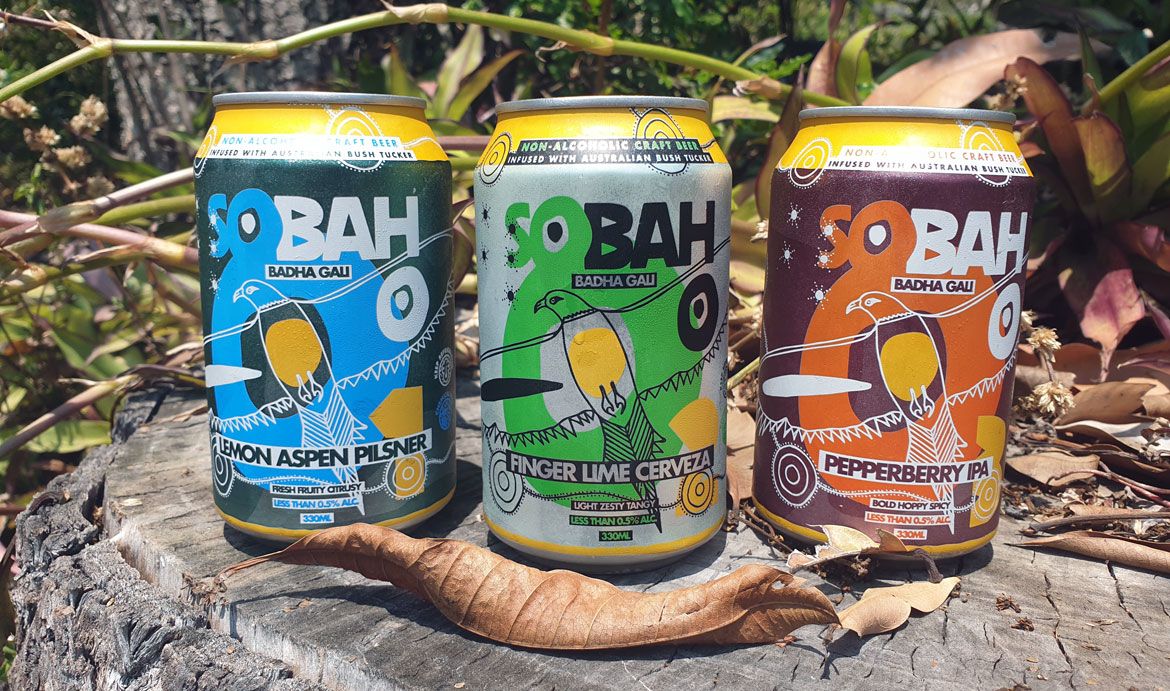
Aside from issue of market demand, part of the reason there has been a lag in craft production of alcohol-free beer is the difficulty and cost involved.
“There was really only two ways of doing it,” says industry supplier Bintani’s head of sales, products and development Justin Fox (pictured below). “You either had to boil the alcohol off, or filter the alcohol out.”
In the former process, the beer is heated, and in the latter, other particles tend to be filtered out too, such as the compounds that give beer its aroma and flavour. Either way, there’s a negative flavour impact on the resulting beer, while the equipment required is large, expensive, and energy intensive.
Recently, a third option has emerged, one which is far more friendly to the craft brewer. It involves the use of a certain yeast capable of converting only some, but not all, of the sugars in wort to alcohol. Distinct from ale yeast Saccharomyces cerevisiae, this yeast is called Saccharomyces chevalieri, and traded under the Fermentis name as LA-01.
“LA-01 is maltose negative,” Justin says, “which means that it cannot assimilate maltose, which makes up a significant proportion of the sugars in wort. It still assimilates the simple sugars – glucose, fructose and sucrose – so you end up with a beer at less than 0.5 percent when regular brewer’s yeast would have originally made it around 3.5 percent. That means it’s converting about a seventh of the sugar.
“Of course, what happens is that you end up with a sugar party left behind. But, it all comes down to the balance. Plenty of beers have residual sugars – take a strong Belgian ale, or a milk stout with added lactose, for instance. With the use of darker malts and hops to add some bitterness in to the mix, the end result is very drinkable.”
So far, such yeast strains have proven extremely popular in Asia and are beginning to grow in popularity in New Zealand, too. However, Justin is keen to point out an important safety concern for any brewers excited to use it.
“Pasteurisation is mandatory,” he says. “In beer, alcohol is the biggest protector against pathogens and bacteria. In soft drink, it’s the pH, which is too low for anything to survive.
“You’re in this dangerous region in between where you’ve taken away all the safeguards. Some craft brewers are against pasteurisation, but it’s totally possible to get the balance right so that the beer tastes right after the process.”

One brewery exploring the use of alternative yeast is Heaps Normal, a soon-to-launch Sydney-based enterprise dedicated to alcohol-free beers.
“We recognised that alcohol-free beer is a growing category, and has been for a little while,” CEO Andy Miller says. “For, us it was about creating an option for those who still enjoy a beer, but don’t want to drink all the time. We wanted something that looks, feels and tastes like a beer, whether you’re sober for a night or for life.”
Founded by four mates who all met through craft beer, Heaps Normal’s inaugural release Quiet XPA (see top of article) was recently sent out to market for consumer trials.
“Our head brewer, Benny, completely redesigned every step of the brewing process. He had to get the right balance of enough fermentable sugars to still get that beer flavour, but not too much so that we could use that non-traditional yeast,” Andy says.
"It was bloody difficult and we did about six months of trials on a homebrew kit before taking the plunge and doing a full-scale trial to get in to market.”
The choice of an XPA as the flagship style grew from the lack of an alcohol-free XPA on the market, despite such beers being, as Andy puts it: “an accessible beer for all palates.”
Although the beer isn’t due for release until the end of July, Andy hopes that’s just in time for those participating in Dry July to choose “a new normal” when it comes to alcohol consumption.
“We’re conscious not to alienate people who still enjoy a beer, and we’re not trying to preach sobriety as an end goal. Everyone’s relationship with alcohol is different and we recognise that what’s normal or manageable for one person is not the same for someone else.
“We just want to create a product that tastes greats and stands alongside craft beer to allow people to unapologetically create their own version of normal.”
If the worldwide trend is anything to go by – Mikkeller last week launched an alcohol-free beer joint venture with Burger King, for example – that new normal is going to include a lot more alcohol-free beer. With new producers emerging and Australia’s first alcohol-free beer festival set to be held later this month, the category is quickly catching on.
“It’s an exciting road,” Justin says. “There’s a lot of experimenting going on, we’ve sent out a lot of our yeast. Everyone is aware what a big opportunity there is to be had.”




